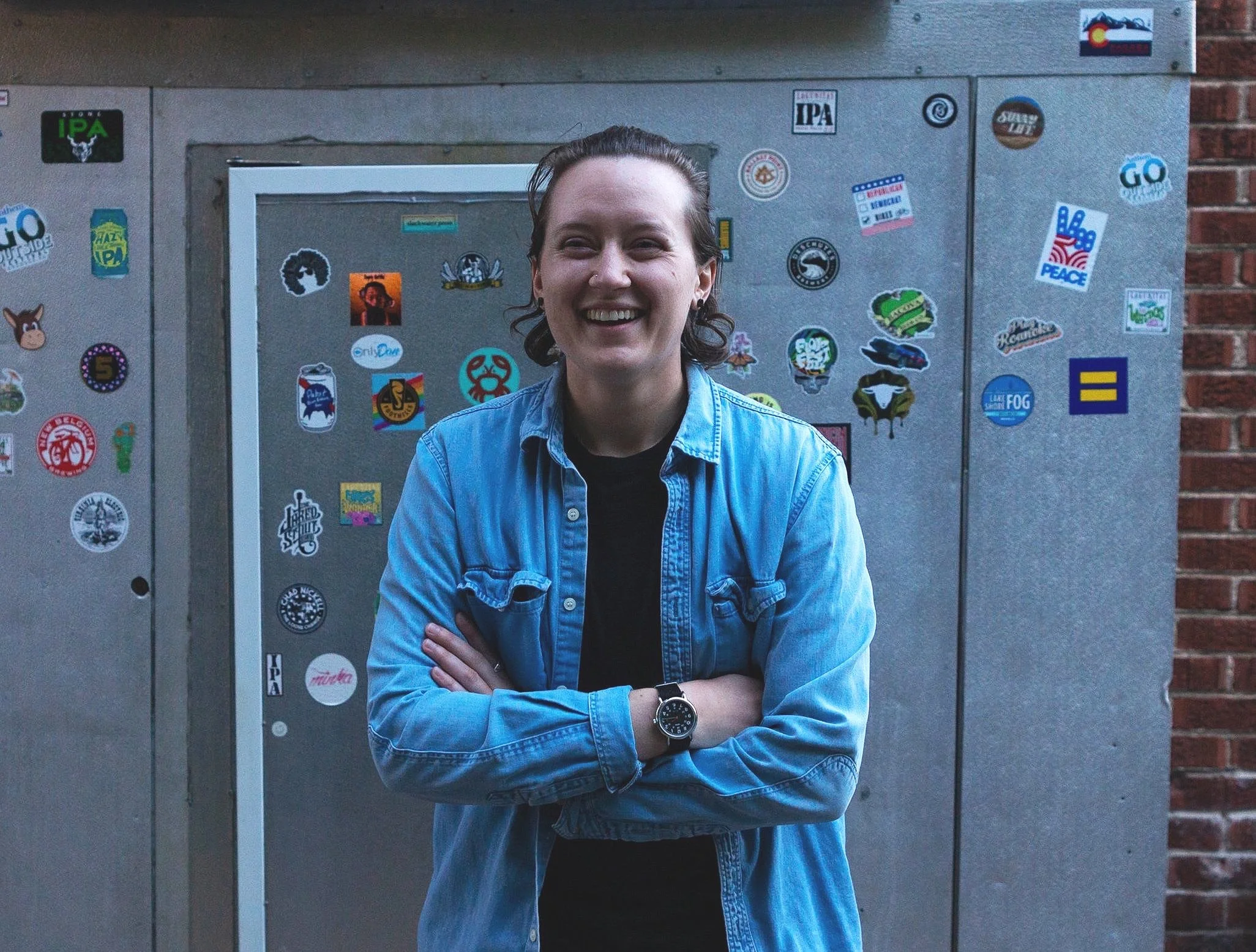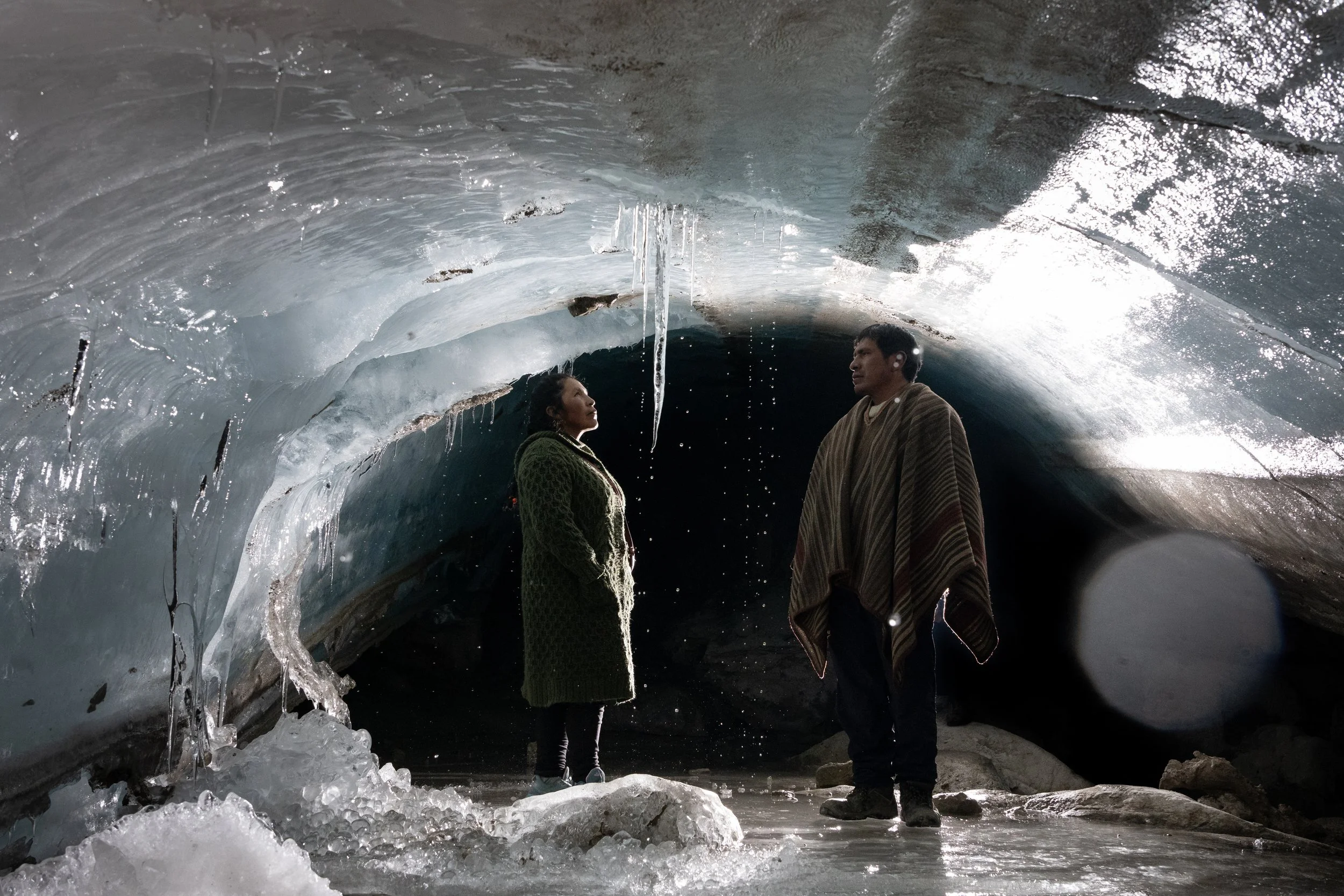For many of us, photographs of refugees and internally displaced persons (IDPs) are a common daily occurrence on our laptop screens and news feeds. Thinking of refugees, one conjures up images of families fleeing conflict overseas, in backyards nothing like our own. We read article after article about the atrocities, highlighted by the impending urgency of these situations. However, forgotten are the refugees and IDPs in countries whose conflicts have been become outdated and no longer make headlines in Western media.
Peter Schön is an award-winning photographer from Germany. His passion for photography is fused with his lust for travel and adventure, resulting in a portfolio of images stretching from Norway to Georgia, Canada to Japan. Schön has experienced first-hand the effects of the forced migration of people due to conflict while travelling in the South Caucasus. This region, in the crossroads of Europe and Asia, straddling the Caucasus mountain range, has a colourful and rich history, influenced by the clash of cultures and wild terrain. The nations of Georgia, Azerbaijan, and Armenia have been shaped by religious conflict, ideological and political differences and the aspirations of larger, more powerful neighbours such as Turkey and Russia. Marred by separatist movements, highly combustible nationalist sentiments and ethnic identities, there are many reasons as to why this region suffers such high levels of refugees and IDP’s.
Marred by separatist movements, highly combustible nationalist sentiments and ethnic identities, there are many reasons as to why this region suffers such high levels of refugees and IDP’s. “I was first introduced to displaced people during a ski mountaineering/climbing trip to Svaneti, a mountain region of Georgia, South Caucasus," Schön said. "Svaneti borders Abkhazia, a separatist region from Georgia. Abkhazia declared independence from Georgia after the 1992-93 War in Abkhazia”, explains Schön. “During and after the short, but violent and complex conflict, almost the entire ethnic Georgian population left Abkhazia. Thousands went over the mountains into Svaneti, in desperate conditions, terrain and weather.”
Schön talks about the driving forces behind his work. “In 2008 a conflict erupted between Georgia and Russia over the break-away region of South Ossetia," Schön said "The war had been over for more than three years, but there were still traces of it everywhere – not only on the houses and infrastructure but also in the minds of the people living here. One scene struck me in particular: a lonely, elderly woman walks down a muddy street as winter arrives in Ergneti, a town almost completely destroyed during the war. The losers of this political power game are the people living on either side of the buffer zone – people who lost wives, husbands, sons or daughters, who lost their homes and livelihoods amidst the shelling, burning and bombing of villages.”
The collapse of the USSR left a vacuum, according to Schön, which made the eruption of conflict and violence inevitable as nations attempted to forge their borders. “Under Soviet rule Armenians and Azerbaijanis lived peacefully together until 1988 when the USSR lost strength and national sentiments built up in the Soviet Republics," Schön said. "Clashes between Armenians and Azerbaijanis turned into pogroms. Azerbaijanis started to flee from Armenia and Nagorny Karabakh, Armenians began to leave Azerbaijan. In Baku, Azerbaijani refugees that fled Armenia and Nagorny Karabakh mixed with the remaining Armenians in Baku, which proved to be a volatile mix and more violence followed. This was the context under which, in 1991, the conflict turns into a full war between two countries that had just gained independence.”
This mammoth movement of people was unprecedented and has had a lasting effect on the population of the region. Ruined villages and dilapidated infrastructure, dot the landscapes of border regions, reminding people of the horrendous nature of war. Schön confesses that it was his curiosity which encouraged him to investigate further and fully immerse himself in this region. And despite the pain and hardship that he has photographed here, Schön stresses the resilience and kindness of the people of the South Caucasus.
“So much hospitality and warmth in the cold Armenian winter," Schön said. "Of all things, the hospitality stood out. Armenians and Georgians make you feel at home quickly. Everywhere I went, I would be invited to a house for food, drink, and shelter. Later that was even the case working with the refugees – they hosted me with whatever little they had.”
Schön hopes to return to the South Caucasus once his project in Norway is complete. He wishes to continue to document and photograph the journey of IDP’s and refugees in the region, so that these people are not forgotten.
For more of Peter's work, click here


















